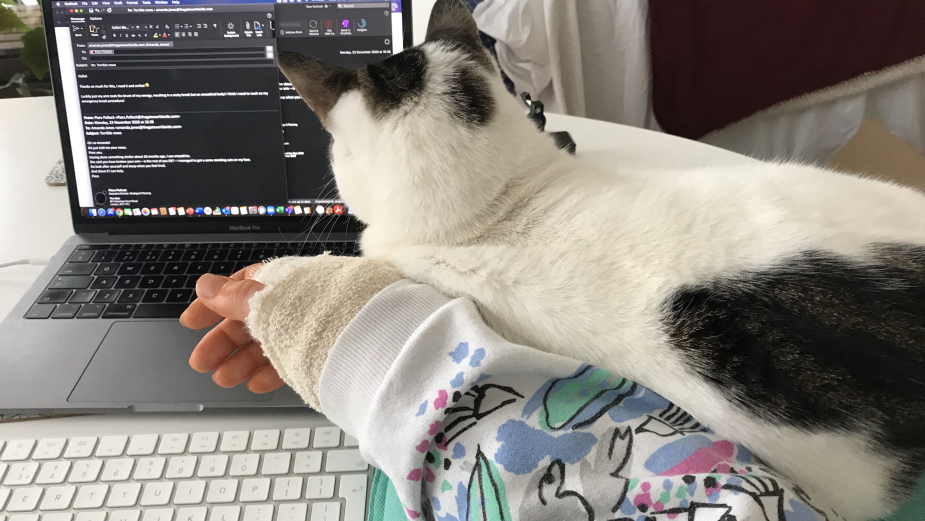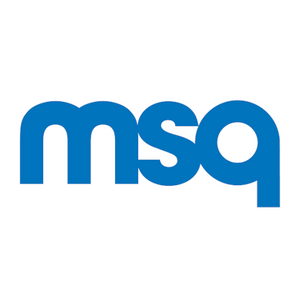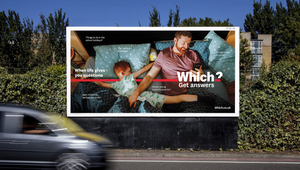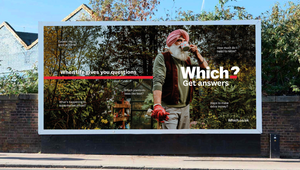
The Benefits of a Break

I am joyfully writing this article with two hands. The simple act of typing with two hands is bringing me joy. No, I’m not Mari Kondo-ing body parts. I’ve gained a new found gratitude for being a two-handed, able bodied human since breaking my right arm and wrist last November (I’m right-handed). Before this incident I didn’t fully appreciate how privileged I am to have two working hands, nor how two-hand biased the world is.
A break you don’t want
Breaking an arm in the midst of a pandemic where I’ve spent 99.9% of my time at home on my sofa with my cat is rather impressive, even by my clumsy standards. The story itself is fairly boring; I was cycling through my local park and didn’t realise the cute dog on the grass was attached by a lead to the human standing on the path. Whoever decided to make extendable dog leads the same colour as tarmac is an absolute sadist. One badly performed emergency brake and a spectacular handstand (confirmed by bystanders) resulted in another kind of break — of the snapped-in-half-arm variety.
Due to the nature of the break my right arm was in an above elbow cast, bent at the elbow with my palm facing upwards, for six weeks. Brilliant for T-Rex impressions, fairly adequate as a coat hook but utterly useless as a hand.
The unhackable tasks
Living by myself I was motivated to find one-armed adaptations to maintain independence and some form of normality. Most daily activities are relatively easy to hack. Shampoo can be squeezed onto your head and then massaged in. My mini food processor meant I was still able to cook simple meals, and luckily, I really like soups. I discovered a cast is actually a brilliant Kindle rest. Apple dictation saved me from too much left claw typing and led to some pretty hilarious oops’, like the time I said kudos and the computer heard cuddles.
However, there were some things that remained unhackable. I wore my hair down for almost all of the six weeks; tying it up was impossible. Although I’m really fortunate to have a job that can be done one handed, I found computer work really frustrating. I was way slower, and my left hand did not have the fine motor skills needed for PowerPoint wizardry. I felt like a drunk operating heavy machinery (especially ironic since I was doing Dry January). One particularly embarrassing moment was in a workshop when I deleted most of the content on a collaborative digital whiteboard as I tried in vain to move a sticky note in an “as fast as you can” task.
A world that’s not built for all
I am in awe of left-hand dominant humans. Everything is made to be used with the right hand. Notebooks open the wrong way. Scissors. Just. Don’t. Work. I’m glad I don’t live in a flat with a spiral staircase as I almost definitely would’ve toppled down them and broken something else. Until now I’d never noticed how biased the world is. If you’re right-handed try paying attention to how often you use your right hand in the next few hours, or try using just your left hand, you might be surprised.
This realisation got me thinking, why is today’s world still built for the ‘able human’? Why can most kitchen scissors only be used with the right hand? Why is usability for everyone often an after-thought rather than the start-point? It feels unfair, and in many instances unnecessary.
I’m an advertising strategist, so don’t feel able to directly influence the removal of accessibility barriers. It would be all too easy to forget about my one-handed frustrations and gleefully embrace life with two hands once again. But I’ve come to realise there are many things I can do as a consumer and colleague to help create a world that’s accessible for all.
I can spend my money with organisations that seek to provide equal service to all. Like my gym, The Yard, who modified all of their Zoom workouts for me (did you know there is a way to do burpees with no hands? It’s called a candlestick burpee and it sucks just as much). Or brands like OXO whose kitchen utensils are designed so everyone can use them easily (I recommend their scissors).
As a colleague I can be sensitive to differing capabilities and make adjustments, so everyone feels able, both physically and mentally. Our world is so wonderful because we are all different, we have different bodies and minds, different strengths and ways of seeing the world. I want to work in a way that is diverse by default, designed for all minds and bodies, regardless of visual, hearing, cognitive or motor capabilities.
Diverse by default
What’s brilliant about diverse by default is a lot of the recommendations are based on communication best practice. So this commitment is going to make me better at my job. Win win.
Ability net is a charity that supports people to use technology to achieve their goals. They’ve got oodles of free resources online which have helped me adopt new habits to make my work diverse by default. I will stick to short sentences (15–20ish words), with no more than three items of info.
I can do things like removing ‘fastest finger on the buzzer’ elements in my workshops, helping improve accessibility and neurodiversity. Ensuring colours used in presentations are only decorative will increase accessibility for people who are colour-blind, partially sighted or dyslexic. I’ll present information visually and verbally, talking naturally and just ‘happening’ to cover everything visually displayed (thanks to this article for that tip). The Poet training tool taught me how to describe images and charts (including the Strategist’s holy grail — a Venn diagram).
Sometimes I might mis-step, I’m just a two handed human after all. But I hope these new habits make me better at communicating in a way that everyone can understand and contribute fully.
Helpful helping
As well as committing to be diverse by default I have also reconsidered the way I offer help as I personally found it hard to ask for, and accept, help. Sometimes it feels like an admission of weakness, other times you really want to try do it for yourself.
I recognise this inconsistency is likely bamboozling for those around me, who just want to help. My inconsistency was reflective of the simultaneous feelings of vulnerability and determination I felt. I will be more sensitive when I offer help to others in future. Gently offering again if the first offer is refused, but not forcing help, or getting offended, if the answer is still no.
These reflections are merely my musings based on my own limited experience. I’m sharing them because they might help trigger musings of your own, and I always find curiosity and reflection to be beneficial. Although I’m mighty glad to be sitting with my hair tied back, typing two handed, I’m also grateful for the new perspectives I gained. I should probably find that cute dog and thank him for the opportunity to learn so much.
Amanda Jones is planning director at The Gate London













